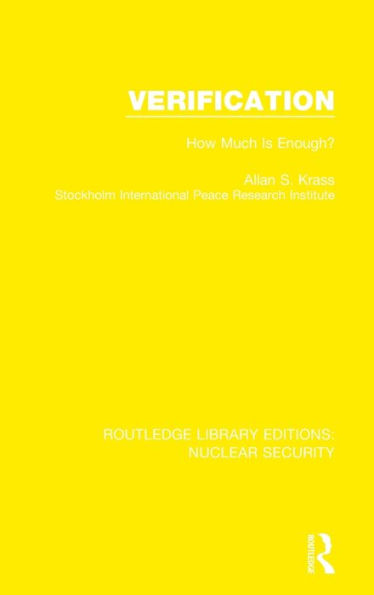Although the study concludes that a number of significant arms control measures can already be adequately verified, modern weapons are becoming more mobile and it is becoming easier to conceal them. There is a danger that the ability to hide weapons will outstrip the ability to find them. Verification cannot promise to detect all violations; a workable standard of adequacy in verification must derive from the ability to detect militarily significant violations.
Although the study concludes that a number of significant arms control measures can already be adequately verified, modern weapons are becoming more mobile and it is becoming easier to conceal them. There is a danger that the ability to hide weapons will outstrip the ability to find them. Verification cannot promise to detect all violations; a workable standard of adequacy in verification must derive from the ability to detect militarily significant violations.

Verification: How Much is Enough?
286
Verification: How Much is Enough?
286
Product Details
| ISBN-13: | 9780367523404 |
|---|---|
| Publisher: | Taylor & Francis |
| Publication date: | 11/18/2020 |
| Series: | Routledge Library Editions: Nuclear Security , #14 |
| Pages: | 286 |
| Product dimensions: | 6.12(w) x 9.19(h) x (d) |
